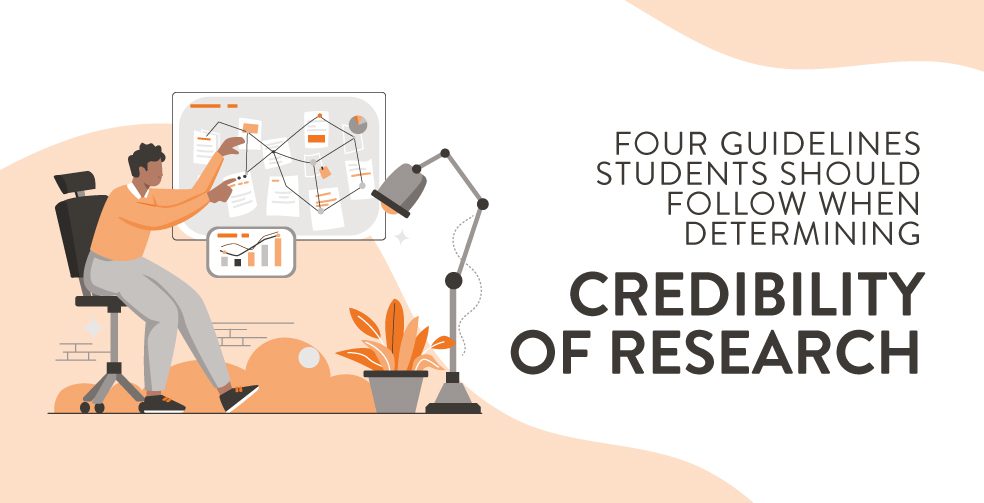*This story was updated and edited by Jenna Heil on Tuesday, October 25, 2022 for clarity and brevity.
When gathering sources for your next term paper or project, it is important to determine credibility of research. Credibility can be seen as an important aspect of establishing trustworthiness, but it does require additional research. It’s important to look at who the author is, their background and their education. You can check an author’s h-index score, which according to Bernard Becker Medical Library, is “an estimate of the importance, significance, and broad impact of cumulative research,” by using Google Scholar.
Finding reliable sources is vital for college students to succeed, so when in doubt, ask yourself if the source checks the box in the following areas:
1. Relevance
Relevance is a key factor to consider when doing research. If you are studying Picasso’s blue period and come across an article about Paloma Picasso’s perfumes, ask yourself if this is relevant to your larger research project or paper. If not, it’s time to mark the resource as irrelevant and move on to different sources. If it is relevant, the source checks the first credibility requirement.
2. Authority
Next, it’s time to determine the authority of the piece. Authority and credibility typically go hand in hand, but depending on the information you are looking for, authority can change. For example, a publication that focuses more on fashion design has authority in this section, but doesn’t necessarily have authority in art history. To ensure you are discovering the most authoritative academic journals, magazines or reports in your specific area of interest, we recommend utilizing RMCAD’s databases.
3. Accuracy
You’re halfway there! The next credibility requirement is determining if the source is accurate. This can be tricky if you are new to a field of information. Determining accuracy requires reading and learning as much as possible about something before forming an opinion. We recommend using your best judgment when labeling something as accurate and think about what you already know when forming your final verdict of the information presented.
4. Purpose
The final step is determining the purpose of the source, which requires you to learn why someone is presenting the information. A YouTube star might show creative and unique makeup techniques, but with the goal to sell makeup. A late night talk show interviewee might be selling their new movie. An opinion piece may demonstrate bias, whether it is obvious or not. These are all important things to determine.
Remember, when doing research, you want to find the best information to support your ideas, which requires careful evaluation of the information you gather. Keep in mind – relevance, authority, accuracy and purpose when determining credibility of research.
This piece was written with the help of Martha Neth from the SLC. The SLC welcomes students from all programs both on-campus and online who strive to do better in the classroom while perfecting their craft. Self-schedule an appointment with the SLC here or email the SLC at learning@rmcad.edu.

